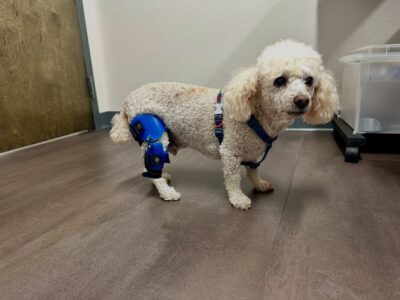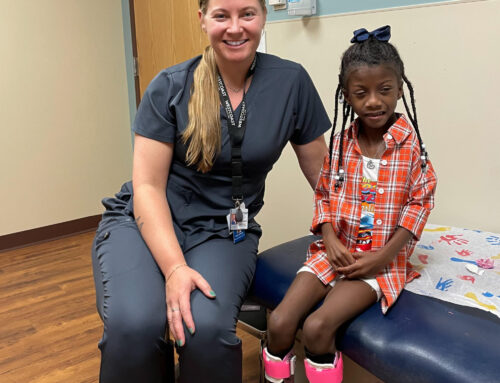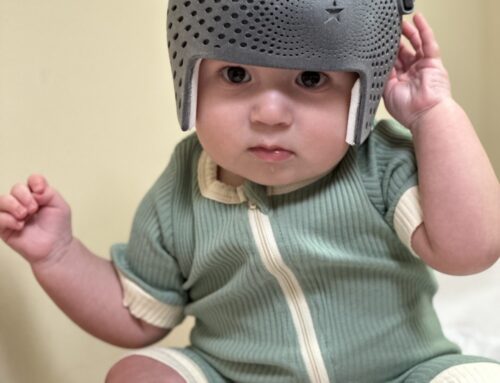
Canine Knee Braces: A Non-Surgical Option for Injured Dogs
When a dog shows signs of pain or lameness, it may be more than just a pulled muscle. In many cases, a torn cranial cruciate ligament (CCL) is to blame. This injury is similar to an ACL tear in humans and can limit your pet’s ability to move comfortably.
One effective treatment option is a canine knee brace. This device supports the joint, helps reduce pain, and allows for controlled movement during healing. It can be used as an alternative to surgery or as support after surgery.
Common Conditions That Benefit from a Knee Brace
Custom braces are often used to manage:
-
Torn or strained CCLs
-
Canine osteoarthritis
-
General knee instability
Each of these conditions can reduce a pet’s ability to walk, run, or play. A brace helps restore function and comfort during recovery.
Why Some Pet Owners Choose Bracing Over Surgery
There are several reasons why dog owners may choose a brace instead of surgery. In some cases, bracing is the best or only option.
Cost Considerations
Bracing is generally more affordable than surgery. For many families, this makes bracing a more practical solution.
Safer for High-Risk Dogs
Not all dogs are good candidates for surgery. Older pets or those with health concerns may not be able to handle anesthesia or recovery. A brace can offer relief without those risks.
Easier Recovery
Surgery often requires strict rest and limited movement. This can be hard to manage, especially when dogs don’t understand the need to stay still. Bracing allows for safer movement without putting too much stress on the joint.
How the Brace Supports Healing
A knee brace provides external support that limits unwanted movement. It stabilizes the joint and helps prevent further injury. As the tissue heals, the brace allows the pet to stay active while reducing strain on the injured area. This controlled support encourages proper alignment and helps reduce inflammation over time.
Depending on the condition, some dogs wear the brace for a few months. Others may benefit from long-term use during certain activities, like walks or playtime, especially if they are prone to re-injury or have chronic joint issues.
Important Tips for Pet Owners
While bracing can help, proper use is key. Keep these tips in mind:
-
Only use the brace during supervised activity.
-
Remove the brace at rest or during sleep.
-
Ensure the brace fits well to avoid rubbing or skin issues.
-
Work with your veterinarian or orthotic provider for guidance.
Helping Your Dog Stay Active and Comfortable
Bracing offers an effective, non-surgical solution for dogs with knee injuries or arthritis. It can improve mobility, reduce pain, and help your dog return to daily life.
If you think your dog may benefit from a knee brace, speak with your vet or contact us to learn more about our custom canine bracing options.
To learn more about cranial cruciate ligament injuries in dogs, visit the American College of Veterinary Surgeons.







